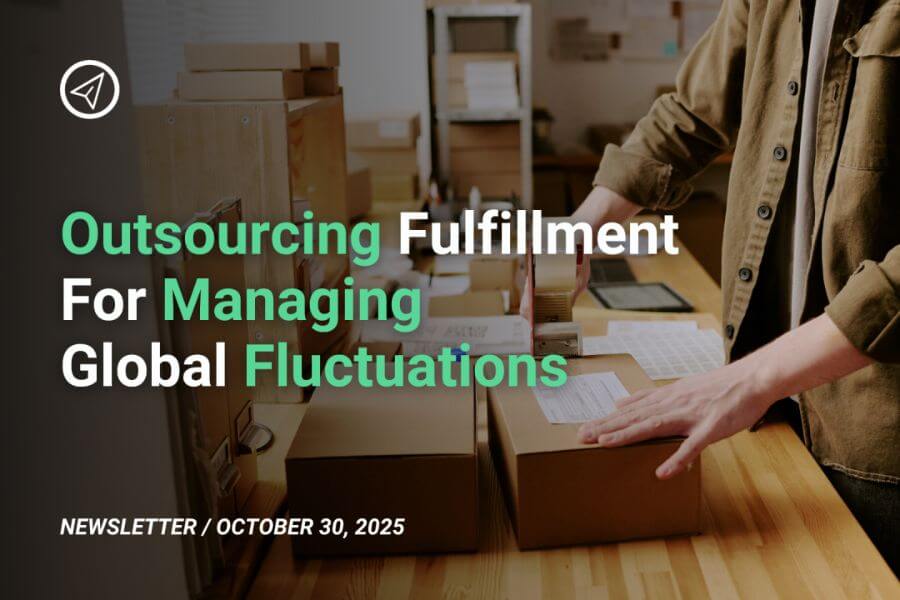Running your own ecommerce fulfillment used to feel like full control over your inventory, customer experience, and margins. But the market has grown volatile in recent months and years.
Between shifting tariffs, rising labor costs, unpredictable shipping rates, and supply chain disruptions that can derail entire product lines, managing fulfillment internally is becoming expensive risk management.
Let’s unpack the hidden costs of keeping fulfillment in-house in today’s global economy.
1. Tariffs and import fees are no longer predictable
The last few years have seen rapid changes in global trade policies — tariffs shift overnight, and cross-border fees fluctuate with political decisions you can’t predict.
For small to mid-size ecommerce brands, that unpredictability translates directly to:
- Margin erosion when unexpected fees hit incoming shipments
- Cash flow strain as costs fluctuate month to month
- Inventory delays due to customs bottlenecks
A 3PL with a global network can help offset those risks — leveraging bulk import rates, multi-country warehousing, and established customs relationships that smooth out tariff shocks before they reach your balance sheet.
2. Labor and space costs keep climbing
Running your own warehouse means hiring, training, and retaining staff — and managing those costs during peak seasons. Add in rising rent for storage space and the overhead for insurance, equipment, and energy, and your “in-house savings” quickly evaporate.
Meanwhile, 3PLs spread these costs across dozens (or hundreds) of clients — offering economies of scale individual brands simply can’t match.
3. Carrier rate volatility can wipe out your margins
Fuel surcharges, geopolitical instability, and capacity shortages have made carrier pricing a moving target. If you’re negotiating shipping directly with carriers, you’re likely paying premium rates without volume discounts.
A trusted 3PL negotiates rates across massive shipping volumes — giving you preferential pricing and real-time flexibility across carriers and regions.
4. The hidden cost of opportunity
Every hour spent tracking pallets, reconciling returns, or filing customs paperwork is an hour not spent growing your brand.
Fulfillment is important, but it’s not your differentiator — your product and customer experience are.
By outsourcing logistics to a 3PL partner, you can focus on scaling marketing, expanding SKUs, and strengthening your customer relationships — while we handle the global complexity behind the scenes.
5. Risk and resilience are now competitive advantages
In today’s market, resilience is profitability. When supply chains snap, only businesses with flexible logistics networks keep shipping.
A well-positioned 3PL offers:
- Multiple warehouse locations to stay close to customers
- Alternative routing options during disruptions
- Integrated visibility through technology that keeps you informed
These capabilities don’t just reduce cost — they protect revenue and reputation when things go wrong.
Bottom line
Managing fulfillment internally might feel like independence, but in 2025’s tariff and trade climate, it’s a liability disguised as control.
The brands thriving now are the ones that partner strategically — leaning on 3PLs who understand global complexity and turn logistics into an advantage.
💡 Ready to future-proof your fulfillment?
Simple Global helps ecommerce businesses simplify logistics, reduce costs, and stay resilient no matter what the global market throws your way.
👉 Let’s talk about your supply chain challenges today: https://www.simpleglobal.com





